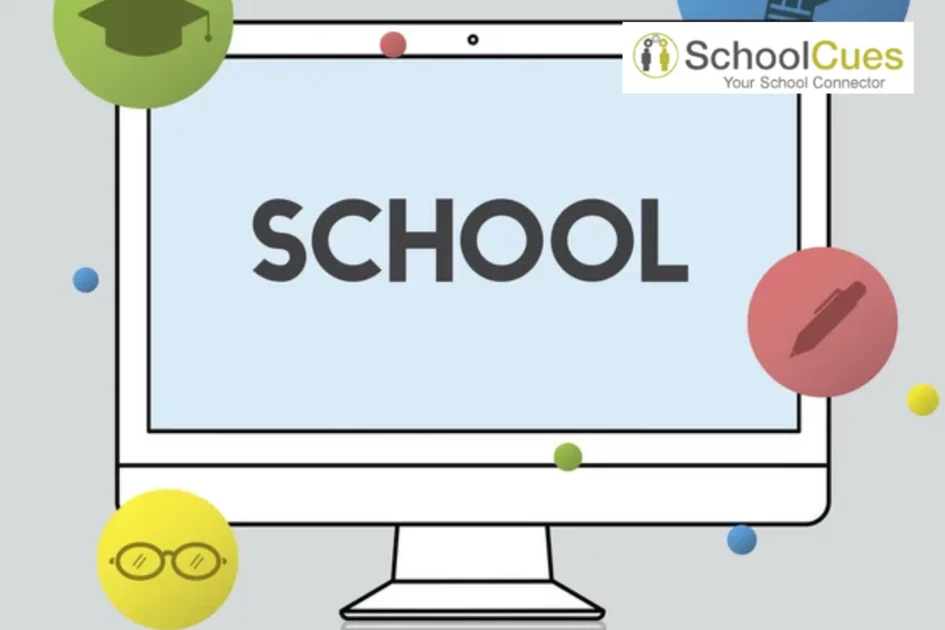In the present era of technology, a school’s website plays a crucial role in providing information, fostering engagement, and building a sense of community. Even for smaller schools with limited resources, a well-designed website can bridge the gap and leave a lasting impact. Nonetheless, creating a website for a small educational institution demands a careful strategy that caters to its specific requirements and objectives. This article explores the key components that lay the foundation for success in small school website design.
School Websites: Transforming Small Schools
The website plays a crucial role for small schools in today’s educational landscape, serving as a dynamic digital gateway that goes beyond simply sharing information. In a time defined by digital connectivity and instant access to information, a well-designed website is the main point of contact for prospective students, parents, faculty, and the wider community. It encompasses the school’s values, academic offerings, extracurricular activities, and overall culture, providing stakeholders with a comprehensive understanding of its educational philosophy. Additionally, the website facilitates seamless communication, encourages community involvement, and promotes transparency by showcasing achievements, events, news updates, and available resources.
A strategically developed website for small schools with limited resources levels the playing field, enhancing visibility, credibility, and competitive advantage in a crowded educational market. Therefore, investing in a robust and user-friendly website is not just an option, but a strategic necessity for small schools aiming to thrive, expand, and leave a lasting impact in the digital era.
Small School Website Design: What to Consider
Designing a successful website for a small school requires a strategic blend of functionality, aesthetics, and user experience. Here are seven essential elements to be considered for creating a successful small school’s website.
Clear and Concise Navigation
A website’s backbone lies in its navigation structure, allowing visitors to locate information effortlessly. Simplicity is crucial for smaller schools. Categorize content into intuitive sections like ‘About Us,’ ‘Academics,’ ‘Admissions,’ ‘Events,’ and ‘Contact.’ Use dropdown menus sparingly and ensure every page is reachable within a few clicks. A well-organized, hierarchical navigation system improves user experience and promotes exploration.
Responsive Design
In today’s age, where smartphones and tablets reign supreme, it is imperative to embrace responsive design. It is essential that your educational institution’s website seamlessly adjusts to different screen sizes and devices. By creating a mobile-friendly interface, you not only improve user experience but also enhance your website’s visibility on search engines. Implement fluid grids, adaptable images, and media queries to ensure a cohesive and user-friendly browsing experience across various devices.
Engaging Visual Elements
Utilize compelling visual content to captivate viewers and effectively communicate the essence of your school. Implement top-notch visuals like images, videos, and graphics that mirror your institution’s character, principles, and accomplishments. Display campus amenities, student engagements, and classroom settings to offer a comprehensive glimpse into the educational journey. For easy recognition, maintain a consistent visual identity by incorporating cohesive branding elements, including colors, logos, and fonts.
Content Management System (CMS)
A powerful content management system (CMS) enables small educational institutions to efficiently update content without technical expertise. CMS platforms like WordPress, Joomla, or Drupal provide user-friendly interfaces, customizable templates, and scalability options. When choosing a CMS, it is important to prioritize ease of use, security features, and integration capabilities. It is also crucial to regularly update content, news, and announcements to ensure that the website remains current and relevant.
Accessibility and Inclusivity
Ensure your school’s website meets accessibility standards, such as the Web Content Accessibility Guidelines (WCAG). Implement alt-text for images, offer video text transcripts, and utilize descriptive headings and labels. Consider the various needs of users, including those with disabilities, limited English proficiency, or assistive technologies. An inclusive website creates a welcoming atmosphere and ensures equal access to information.
Social Media Integration
Utilize the potential of social media to enhance your school’s digital visibility and connect with those involved. Integrate social media icons, feeds, or sharing buttons to encourage content distribution and foster community engagement. Sustain active profiles on well-known platforms such as Facebook, Twitter, Instagram, and LinkedIn. Motivate faculty, students, and parents to share content, testimonials, and triumphs, thus expanding the reach and impact of your school.
Analytics and Performance Tracking
Utilize analytics platforms like Google Analytics to track the performance of your website, observe how users interact with it, and measure engagement metrics. By analyzing patterns in traffic, page views, bounce rates, and conversion rates, you can pinpoint areas that need improvement. Use these valuable insights to refine your content strategy, navigation design, and overall user experience. Additionally, make it a habit to regularly review and update your SEO practices, metadata, and keyword strategies to boost visibility and improve your search engine rankings.
SchoolCues: Transforming Small Schools with Low-Cost Website Designing Service
Creating a positive first impression for parents, students, and guests is essential, and your School Website plays a significant role in achieving this. Rather than choosing a pre-made template, it is worth considering the services of a professional school website design company to craft a distinct and exceptional online representation for your institution. Small schools can establish a captivating online presence that appeals to potential students, parents, faculty, and the wider community by focusing on easy navigation, adaptable design, captivating visuals, and inclusive content. Embrace innovation, teamwork, and ongoing enhancement to make your school’s digital footprint and achieve lasting success in the competitive field of education.
SchoolCues specializes in the creation of websites specifically tailored for small schools. Our reasonably priced services cover various aspects, including hosting, design and layout, search engine optimization, and continuous maintenance and upgrades. We have expertise in constructing, managing, and offering support for websites catering to schools with programs spanning from Kindergarten to High School. Take advantage of our offer and schedule a free demo today!
